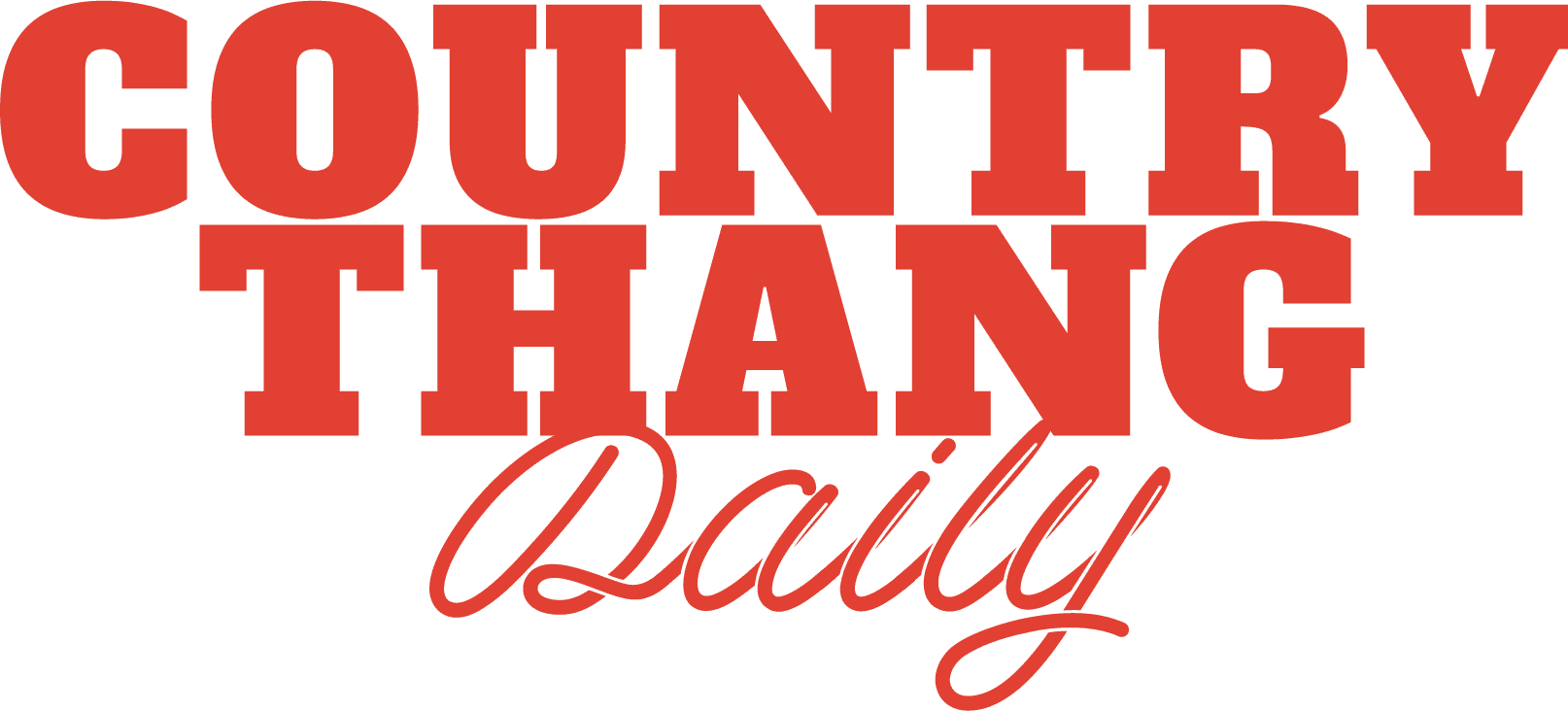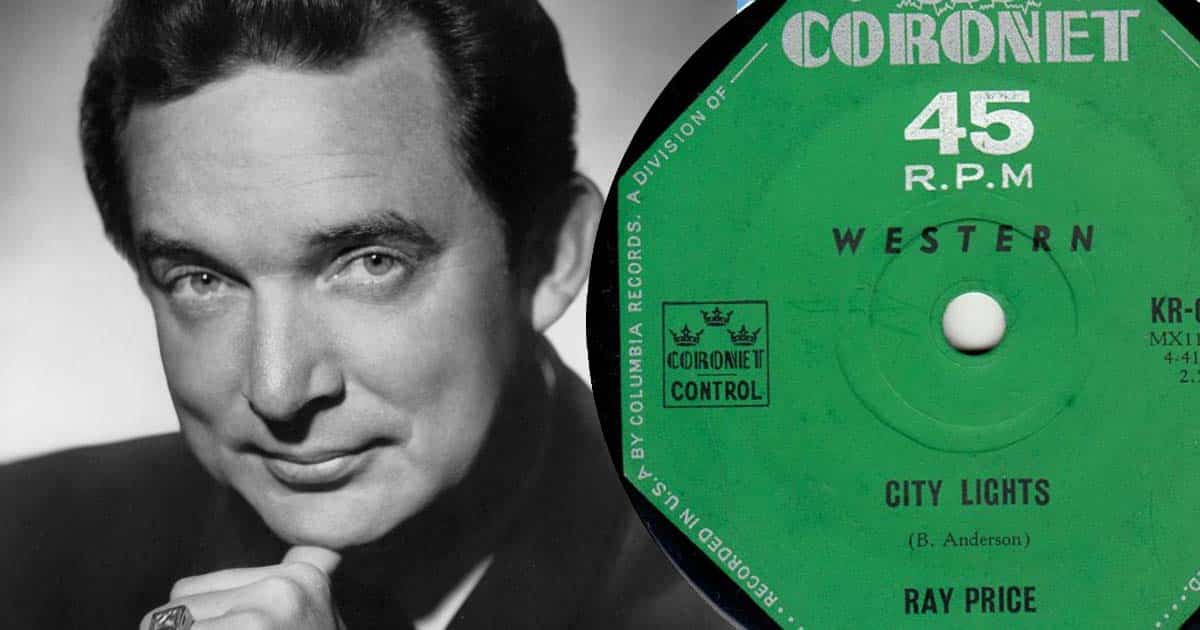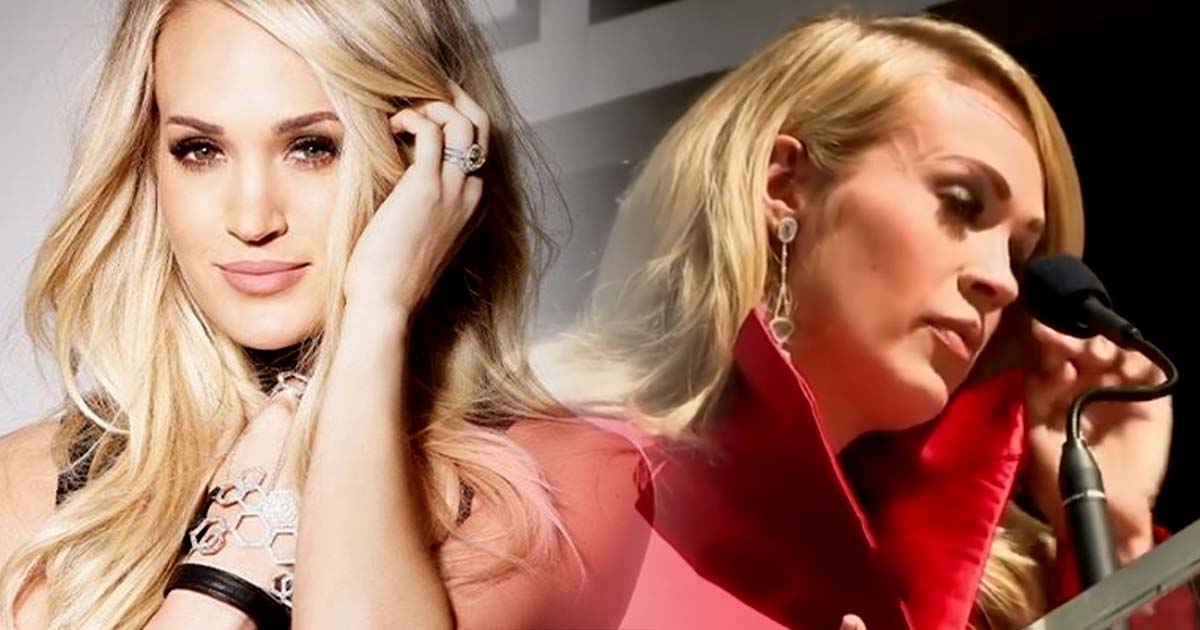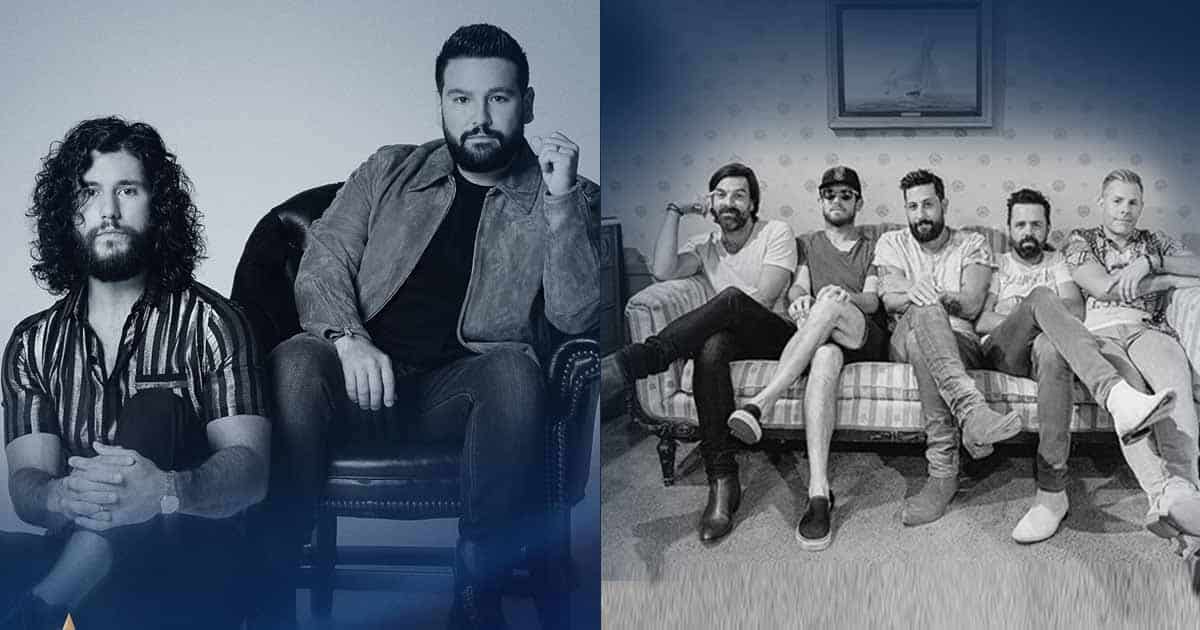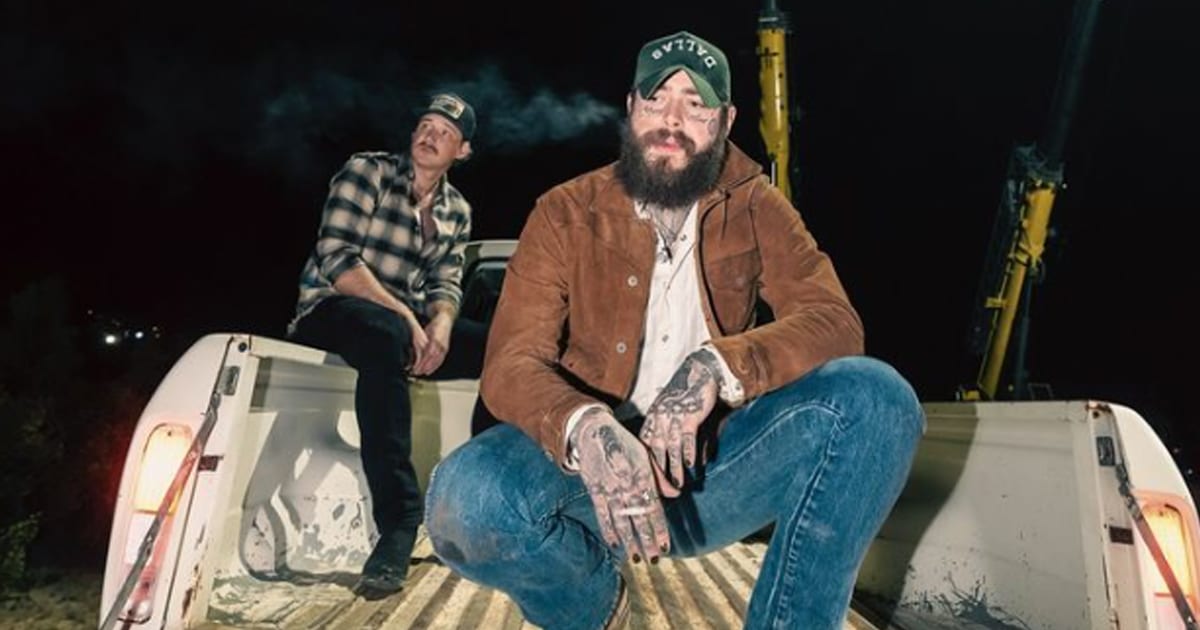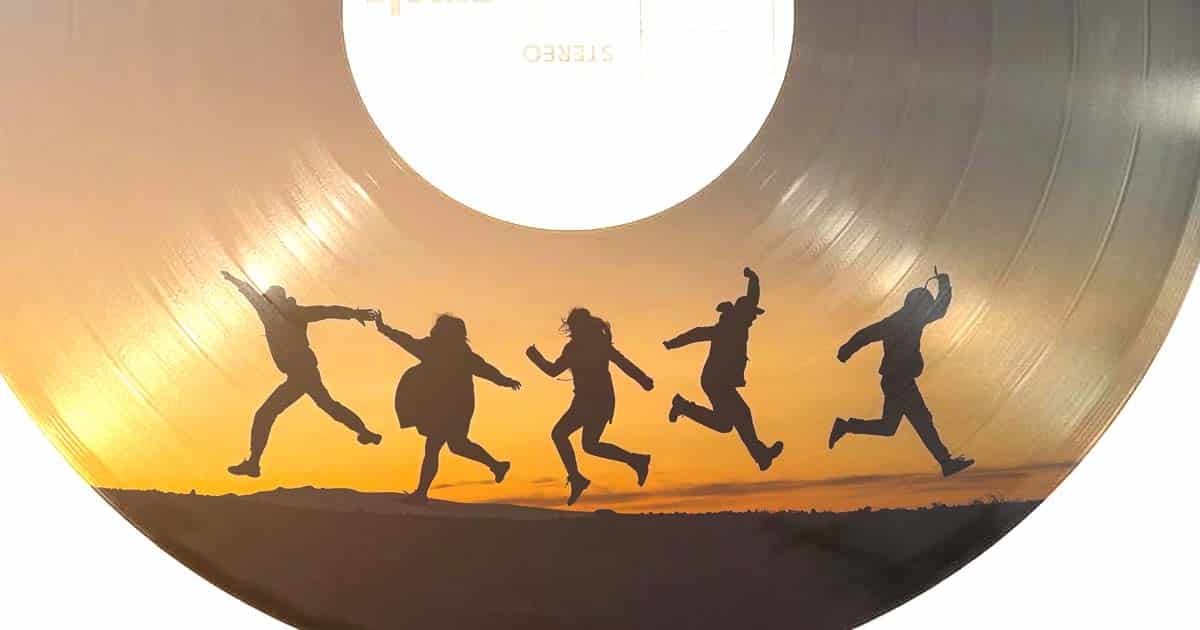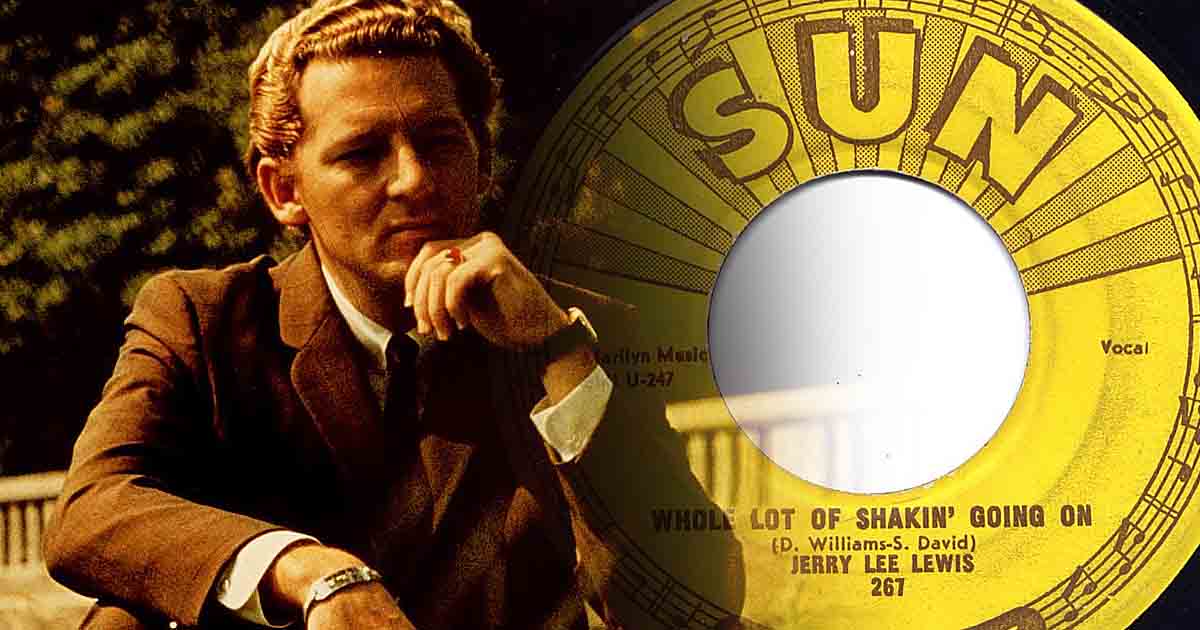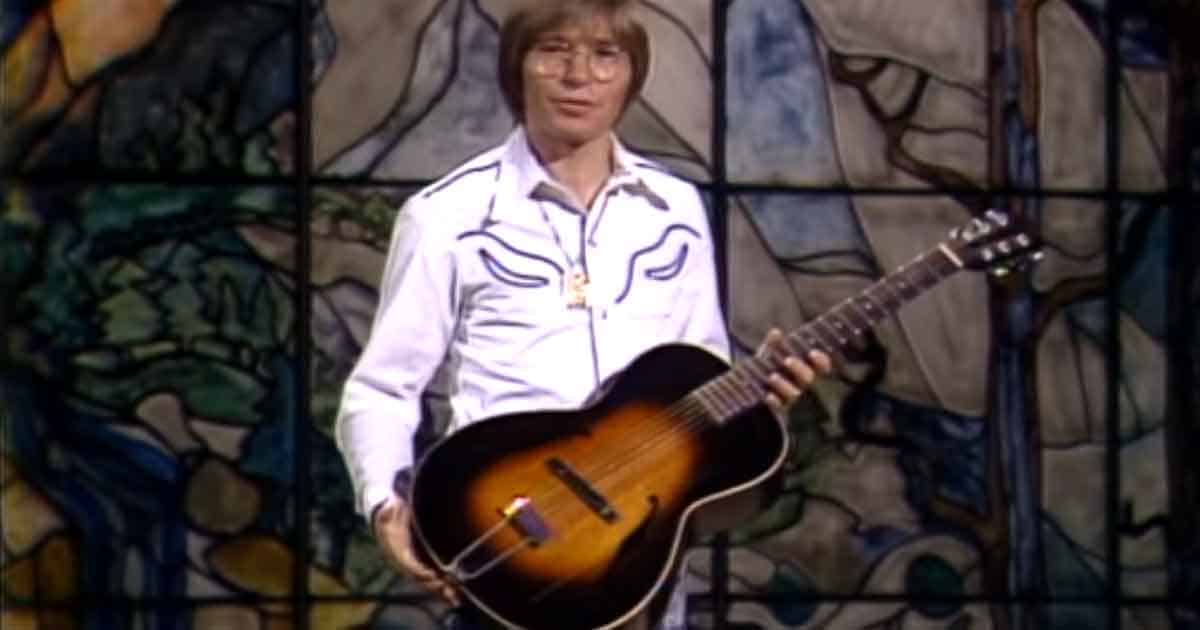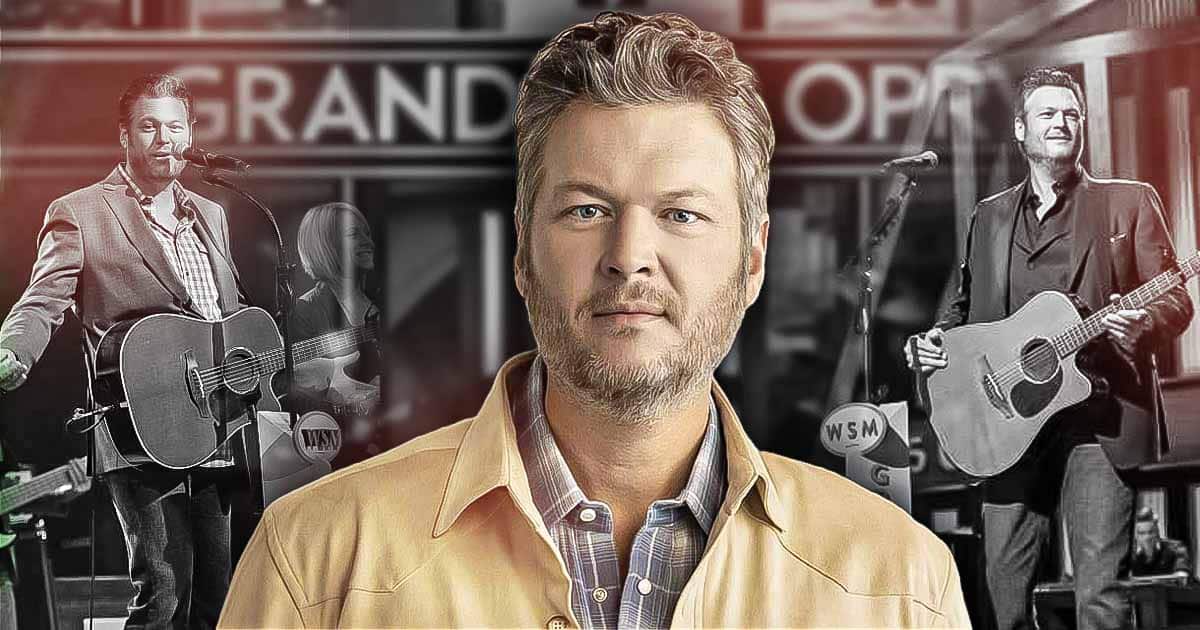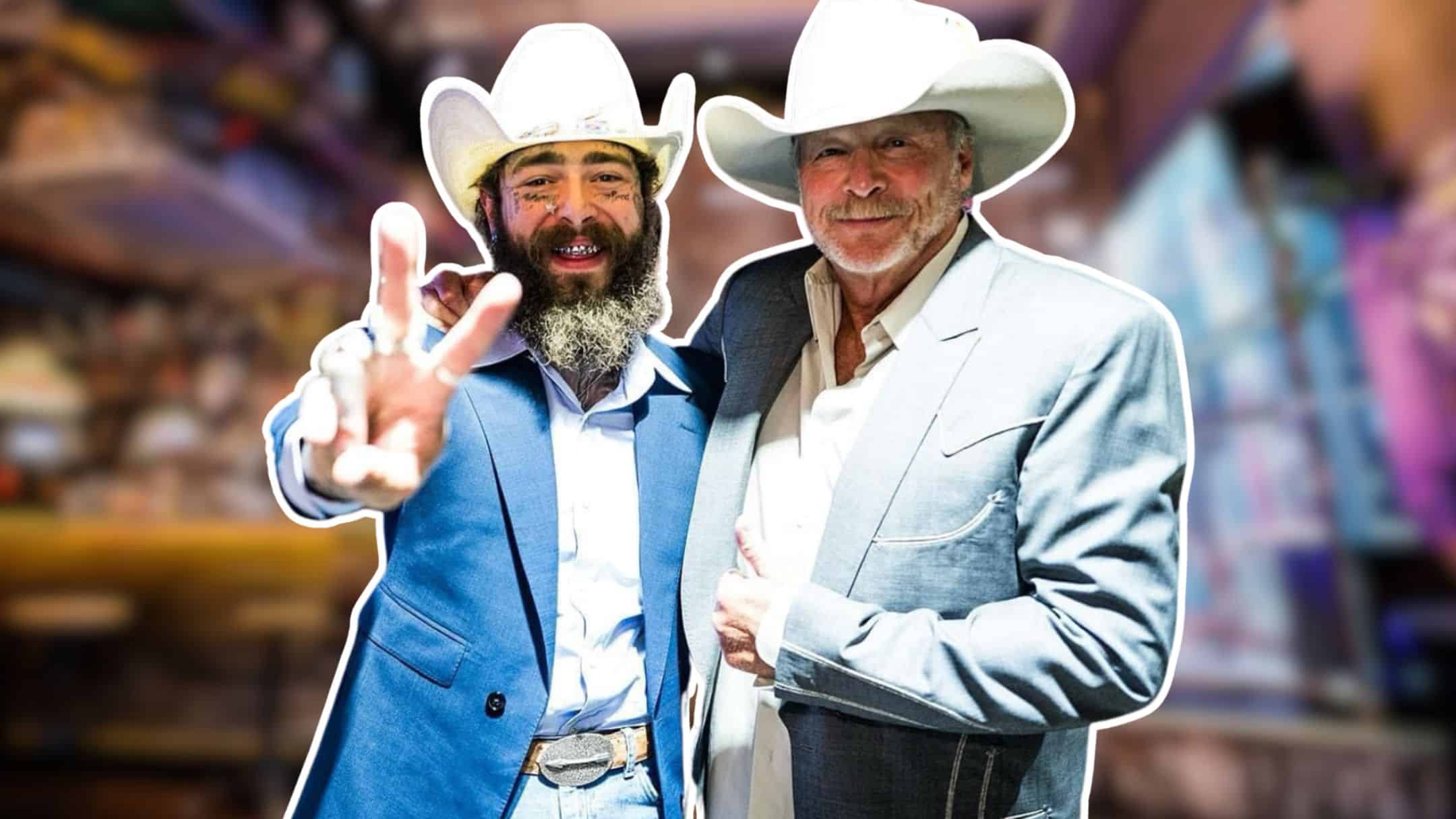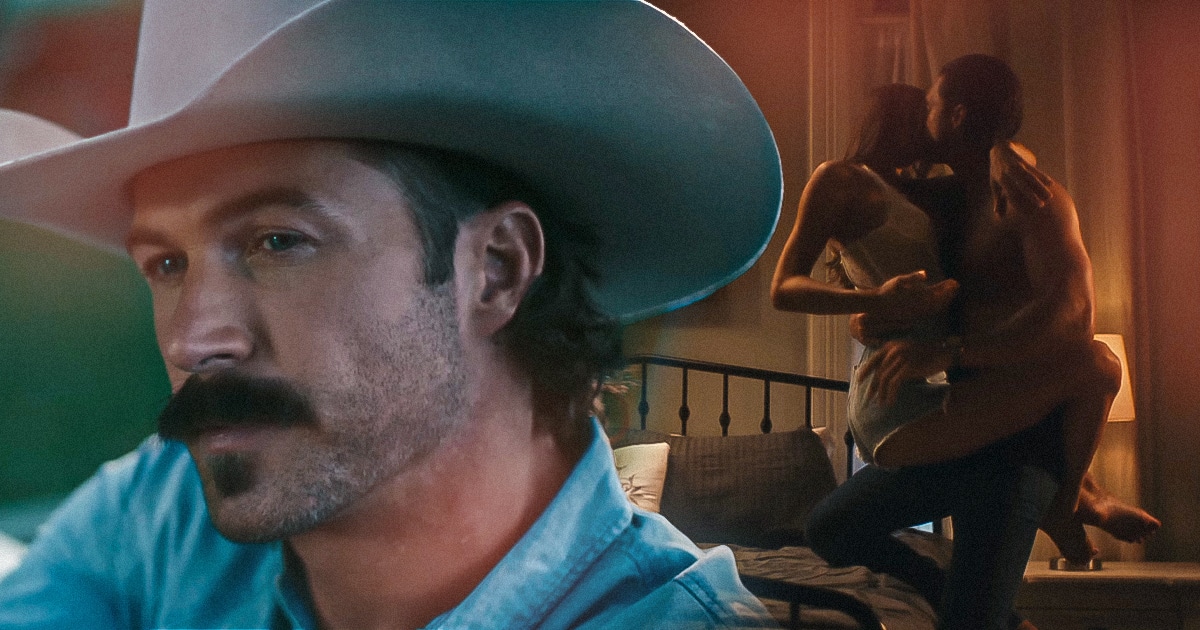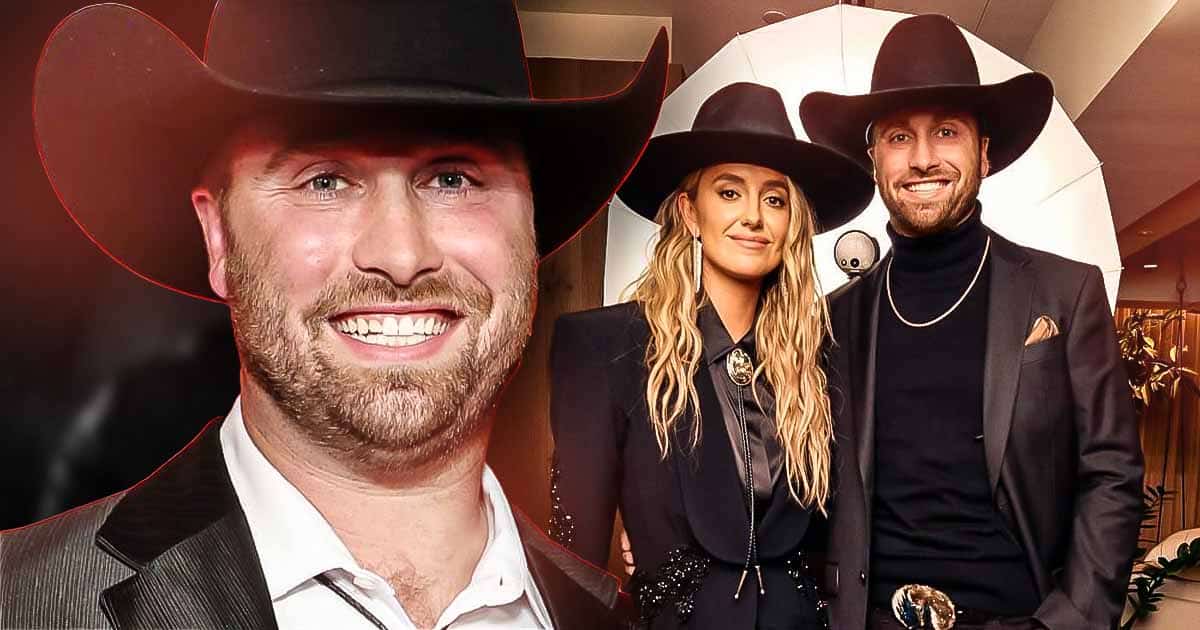In 1958, Ray Price recorded his version of “City Lights,” and it climbed on the No. 1 spot of the Billboard Hot Country Songs singles chart and remained in that position for thirteen weeks.
But there’s more to that! “City Lights” actually has several country music history pieces linked into it. First of all, it was the same song that put Country Music Hall of Famer Bill Anderson on the map as a songwriter. It was one of his earliest major successes.
How The Song Got to Nashville
Bill Anderson wrote the song when he was only nineteen years old.
“A bright array of city lights as far as I can see. The great white way shines through the night for lonely guys like me. The cabarets and honky-tonks their flashing signs invite. A broken heart to lose itself in the glow of city lights,” the song begins.
When Anderson’s father heard the song’s opening for the first time, the older man was surprised and told him, “Son, you’ve got a big imagination by saying that about city lights as far as you can see.”
Anderson has also revealed that the city lights refers to his little hometown of Commerce, Georgia, that stretched out a few blocks during that time. He wrote it in 1957 while he was spending his free time on top of the tallest building in his hometown – a three-story hotel where Anderson used to live.
“I used to go up there at night, and I’d just take a guitar. They had some old lawn chairs up there, and plastic recliners about to fall apart, and I’d get on one of them, prop my long legs up on there and just sit there and pick and sing to the night,” Anderson recalled.
“And this particular night, I was looking up at the stars, and there weren’t many lights in Commerce, Georgia. A couple of traffic lights and that’s about it,” he continued. “But somehow, I was able to use my imagination and pretend that there was a great white way full of honky-tonks and casinos.”
Anderson was first to cut “City Lights” at the campus of the University of Georgia the same year he wrote it. The song finally got to Nashville when Charlie Lamb – who used to run a newspaper called The Country Music Reporter at the time – heard Anderson’s record of it.
Lamb was impressed and liked the song so much that he convinced Chet Atkins to listen to it. Later on, Atkins recorded the song with an artist he was producing named Dave Rich. Rich’s “City Lights” came on the radio, and country superstars Ray Price and Ernest Tubb heard it in the middle of a golf game.
“Ray wasn’t all that interested in it to start with. He already had his next single cut. He was coming out with Roger Miller’s song called ‘Invitation to the Blues,'” Anderson said. “But Ernest Tubb, the way I heard this story, he just badgered Ray Price all day. Every time they’d get together on the tee or the green, (he’d say) ‘Son, you need to cut that City Lights.'”
RELATED: The Best and Most Unforgettable Ray Price Songs from His Legendary Catalog
“I always wondered if Ray cut it because he liked it or just wanted to shut Ernest up,” Anderson laughingly said.
Well, either way, “City Lights” was a No. 1 record a year later. Nearly two decades later, the song came back to the country charts once again as a No. 1 hit, thanks to Mickey Gilley, who recorded a piano-backed honky-tonk rendition for his 1975 album of the same name.
You can listen to “City Lights” in the video below.
